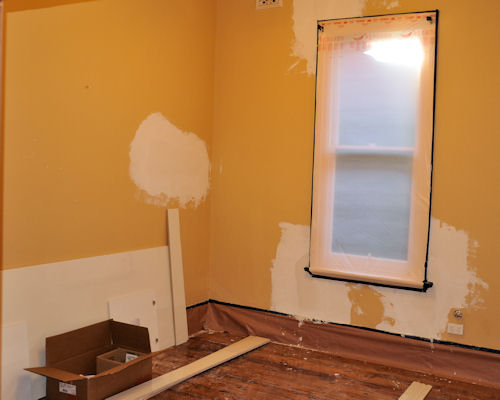Site assessment

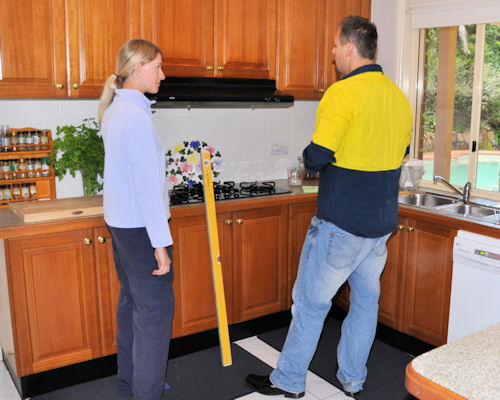 Audio for slide 1 (mp3 |6|KB)
Audio for slide 1 (mp3 |6|KB)
It's important to meet with the client at least once on-site.
This allows you to talk about the design while you're standing there, and compare the plans and other working drawings with the actual building.

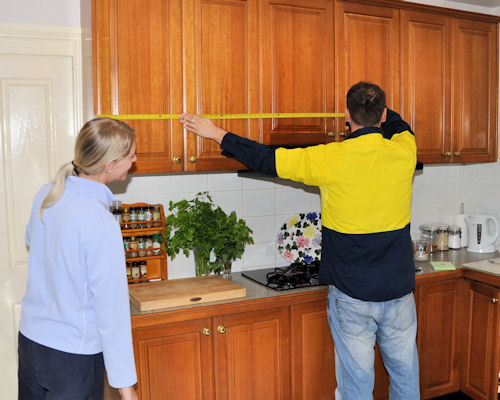 Audio for slide 3 (mp3 |6|KB)
Audio for slide 3 (mp3 |6|KB)
Set out below are the sorts of things you might need to check during this process.
Naturally, there will be some differences between a site assessment for a new project and one for a renovation.
However, the general approach will be much the same.

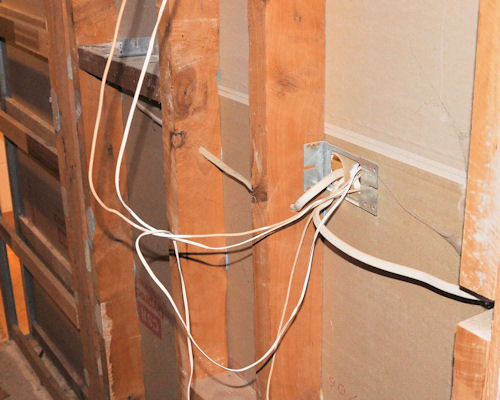 Audio for slide 4 (mp3 |6|KB)
Audio for slide 4 (mp3 |6|KB)
Site assessment
Building structure and materials used
The construction of the floor, walls and ceiling will have a bearing on your installation methods. As well as looking at the structure and materials used in the floor and walls, you should also check the levels in the floor and squareness of the walls.
If you are renovating an older building, remember to look out for hazardous materials, such as asbestos fibro sheeting.

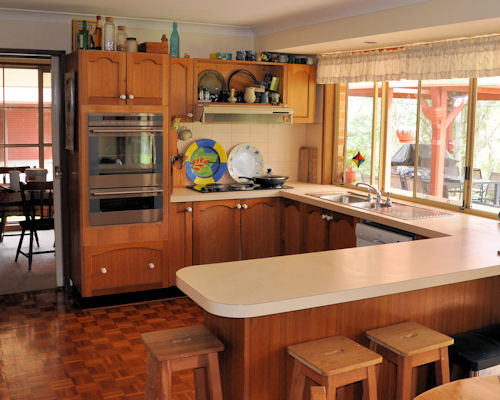 Audio for slide 5 (mp3 |6|KB)
Audio for slide 5 (mp3 |6|KB)
Room design
This includes the shape of the room, positioning of windows, and any architectural features. These factors will influence the design and appearance of the cabinets and other aspects of the project.
Your client may want advice on practical ways to create the 'look and feel' that they're trying to achieve.

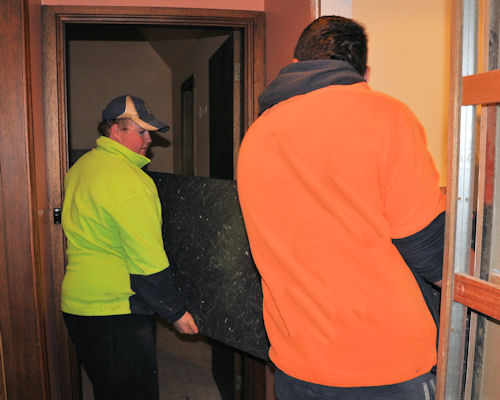 Audio for slide 6 (mp3 |6|KB)
Audio for slide 6 (mp3 |6|KB)
Access to the work area
If the rooms you're working in are above the ground floor, you may need to manoeuvre cupboards and materials through stairwells or lifts. General site access could also be limited due to trucks in the way or parking restrictions on the street.
It's best to take these potential problems into account before you agree on a final price with the client.

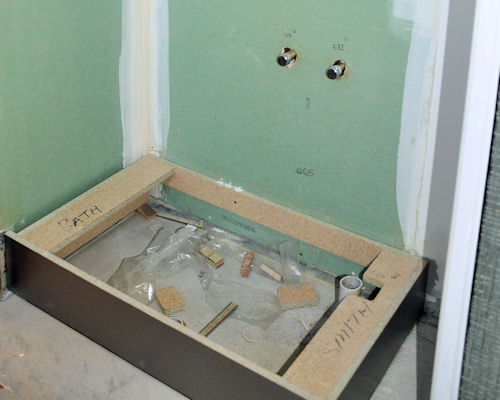 Audio for slide 7 (mp3 |6|KB)
Audio for slide 7 (mp3 |6|KB)
Positioning of services
Outlets for water, sewer, gas, electrical points and air conditioning should be carefully noted. You need to make sure that the cut-out positions in the cabinets are correct so that the pipes and cables will run through easily.
You also need to anticipate any problems in advance for the tradespeople who will connect up these services.


Learning activity
Audio 8 (mp3 |6|KB)Have a think about the sorts of things you should take with you when you go out to the site to do an initial assessment. For example, one item that would be very useful is a digital camera, because you could photograph various aspects of the job to refer to back at your own workshop.
What other tools, items or pieces of equipment should you take with you?
Write up a list, naming each item and describing what its purpose is. Share your answers with your trainer and other learners in the group.

 Go to Design brief
Go to Design brief